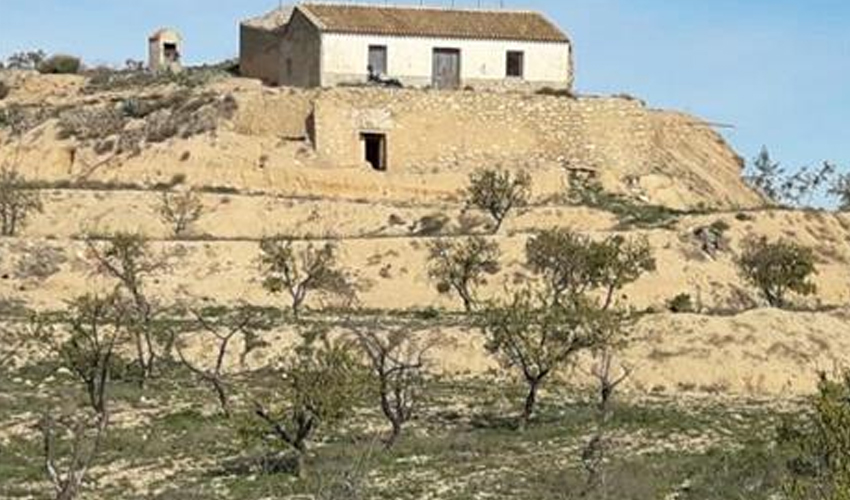The History of Mosa Trajectum and Baños y Mendigo

Mosa Trajectum is an urbanisation just outside Murcia. According to official old maps the resort was built on a hamlet known as San Esteban de Mendigo.
According to ancient chronicles, Murcia and the surrounding area was founded by the Caliph of Cordoba, Abderraman II, in 825. A village called Baños was used by Abderraman’s armies and his Arabian successors who used the Muslim-built Arabian Baths from 825 until 22 December 1248, when they were destroyed by the Christians who considered such baths to be decadent.
The name Baños was later changed to Los Baños according to maps from the Middle Ages. The nearby hamlet of San Esteban de Mendigo was part of the district of Baños y Mendigo. According to legend a pilgrim arrived in the hamlet and lived in a cave, surviving on alms he received from the local people, mostly in the form of food (the literal translation of Mendigo is a beggar…). The pilgrim totally dedicated himself to the saint (San Esteban) and the area became known as San Esteban y Mendigo and apparently that is still the official name.
According to legend, around the 17th or 18th century the owner of the land built a family residence here, plus smaller houses and buildings for the workers and horses and cattle, thus creating a community that cultivated and farmed the land.
One year, in the 19th century, snow fell on the penultimate Friday of September - which was unusual weather for this part of Spain - so the owner of San Esteban de Mendigo built a chapel and named its statue of the Virgin Mary as “Virgin of the Snow”.
To commemorate this event, every year there is a celebration with a religious pilgrimage where local people come to attend Mass at the chapel and the villagers of Baños y Mendigo bring their statue “Virgin of Rosario” in celebration. The only main difference is that this event (known as the Romeria) now takes place on the penultimate Saturday of September.
According to ancient chronicles, Murcia and the surrounding area was founded by the Caliph of Cordoba, Abderraman II, in 825. A village called Baños was used by Abderraman’s armies and his Arabian successors who used the Muslim-built Arabian Baths from 825 until 22 December 1248, when they were destroyed by the Christians who considered such baths to be decadent.
The name Baños was later changed to Los Baños according to maps from the Middle Ages. The nearby hamlet of San Esteban de Mendigo was part of the district of Baños y Mendigo. According to legend a pilgrim arrived in the hamlet and lived in a cave, surviving on alms he received from the local people, mostly in the form of food (the literal translation of Mendigo is a beggar…). The pilgrim totally dedicated himself to the saint (San Esteban) and the area became known as San Esteban y Mendigo and apparently that is still the official name.
According to legend, around the 17th or 18th century the owner of the land built a family residence here, plus smaller houses and buildings for the workers and horses and cattle, thus creating a community that cultivated and farmed the land.
One year, in the 19th century, snow fell on the penultimate Friday of September - which was unusual weather for this part of Spain - so the owner of San Esteban de Mendigo built a chapel and named its statue of the Virgin Mary as “Virgin of the Snow”.
To commemorate this event, every year there is a celebration with a religious pilgrimage where local people come to attend Mass at the chapel and the villagers of Baños y Mendigo bring their statue “Virgin of Rosario” in celebration. The only main difference is that this event (known as the Romeria) now takes place on the penultimate Saturday of September.

 Spanish
Spanish German
German Dutch
Dutch